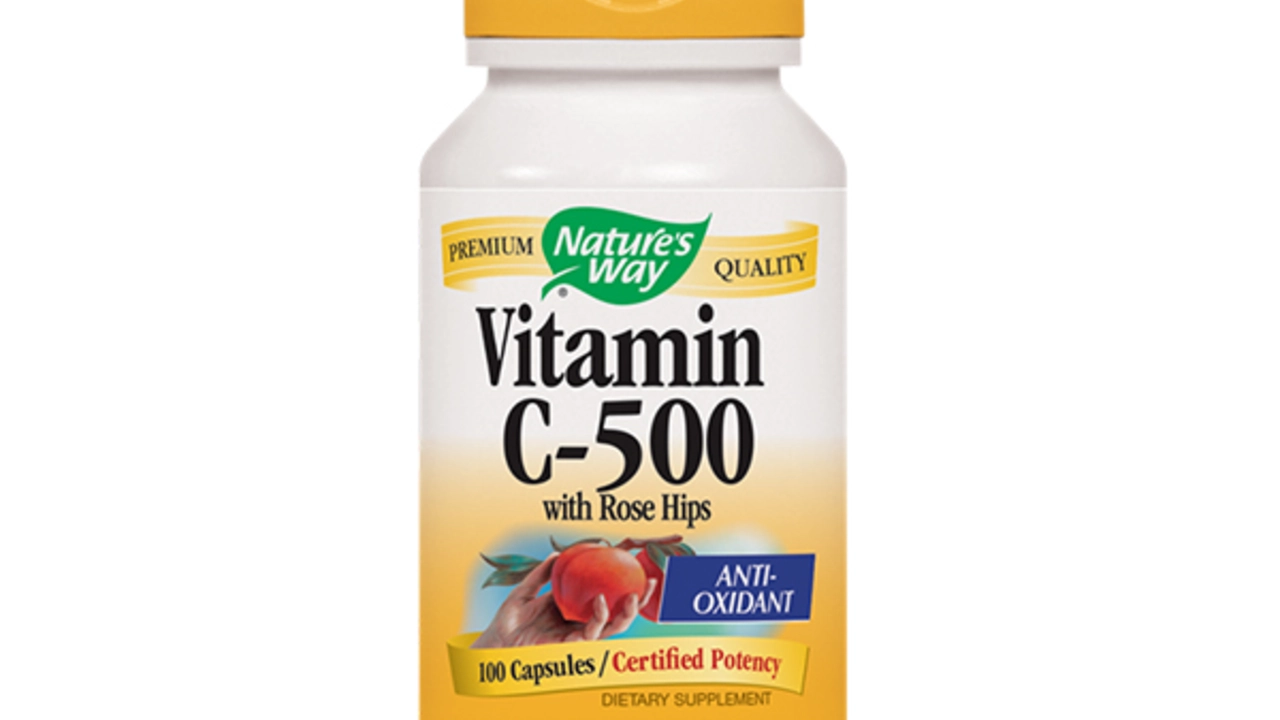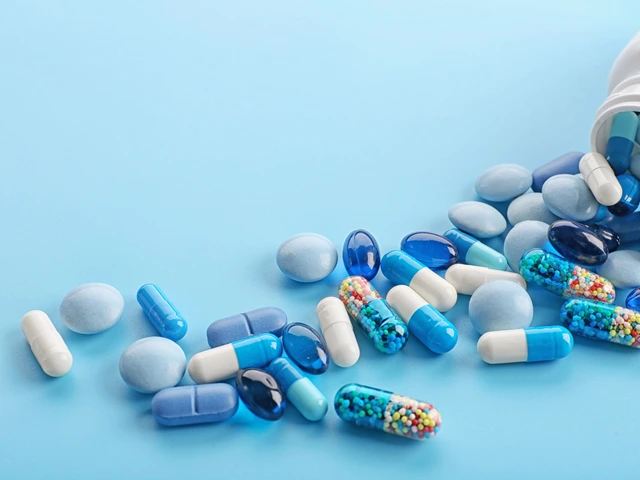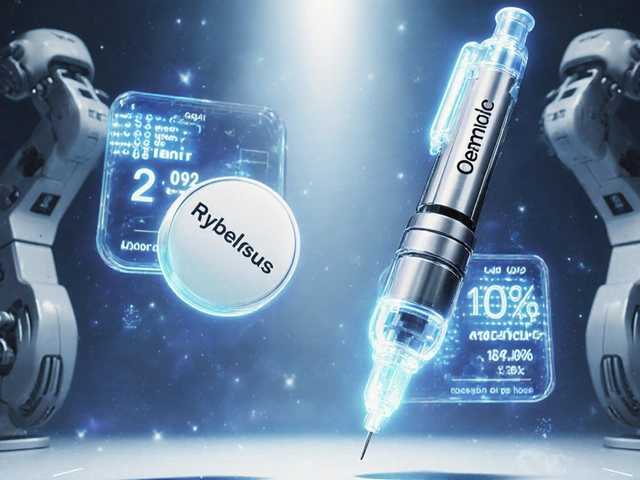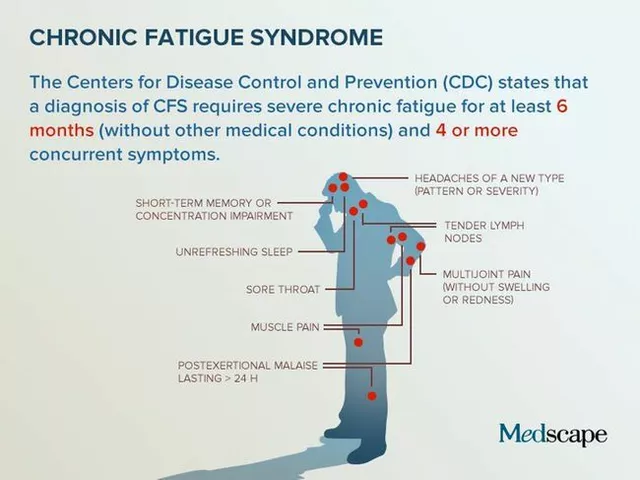Potent supplement: pick the right one without guessing
Some supplements are tiny but powerful. That’s great when they help—but risky if they’re mislabeled, contaminated, or clash with your meds. This page shows how to spot real potency, read labels, and avoid common traps so you use supplements that actually work and don’t cause harm.
What makes a supplement "potent"?
Potency means the active ingredient is present at a dose and form that can do what it promises. For example, krill oil often advertises EPA and DHA levels—those numbers matter more than the total oil weight. A bottle listing 500 mg krill oil but only 50 mg EPA+DHA is weaker than one listing 250 mg oil with 200 mg EPA+DHA. Look for the active amount, not just the capsule size.
Bioavailability matters too. Some forms absorb better—like triglyceride vs. ethyl ester forms of omega-3s, or certain mineral chelates that absorb more readily than elemental salts. Potency isn’t only high numbers; it’s the right form at the right dose for real effect.
Also watch delivery method. A slow-release tablet, a liquid, or a sublingual drop can change how fast and how much of the active ingredient reaches your bloodstream.
How to choose and use potent supplements safely
Start with third-party testing. Look for seals or a Certificate of Analysis (COA) from ConsumerLab, USP, NSF, or an independent lab. These reports confirm the product contains what the label says and is free from heavy metals, pesticides, and common contaminants.
Read the label line by line. Check the exact active ingredient amount per serving, the form (e.g., EPA/DHA, magnesium citrate vs oxide), serving size, and any directions about timing or food. If the label hides amounts behind proprietary blends, be cautious—proprietary blends can mask tiny doses of active compounds.
Think drug interactions and allergies. Powerful supplements can interact with blood thinners, blood pressure meds, antidepressants, and more. For example, krill or fish oil can affect bleeding risk in high doses, and chitosan comes from shellfish—so anyone with shellfish allergy should avoid it. Ask your healthcare provider before starting anything new.
Avoid mega-dosing. Bigger isn’t always better. Many nutrients have safe ranges; exceeding them can cause side effects or long-term harm. Follow label directions or a clinician’s advice and track how you feel for the first few weeks.
Buy from reputable brands and keep receipts. Check batch numbers and expiration dates. Store supplements as instructed—some need refrigeration, others must stay dry and cool.
Want quick examples? Krill oil: check EPA+DHA amounts and sustainability claims. Chitosan: works as a fat-binding fiber for some, but watch shellfish allergy and variable evidence. Chaparral: herbal with some traditional use, but research shows potential liver risks—talk to a provider before trying it.
If a product sounds too good to be true—huge results, miracle claims, or secret ingredients—skip it. Use testing, labels, and a short chat with your clinician to pick potent supplements that actually help you.
Georgea Michelle, Jul, 31 2023
Revolutionize Your Diet with Acacia Rigidula: The All-Natural, Potent Supplement
Here's a quirky scoop for you folks! Let's shake things up a bit with Acacia Rigidula, our natural wonder-supplement of the day. This botanical powerhouse is like the Swiss Army knife of diet supplements, packing a potent punch that could revolutionize your diet. It's all-natural, so no funny business with chemicals, and it's sure to put a spring in your step. So, let's get wild, embrace the power of Acacia Rigidula, and give our diets a much-needed revamp!
View More





